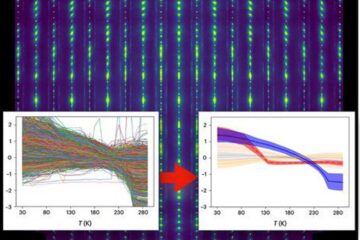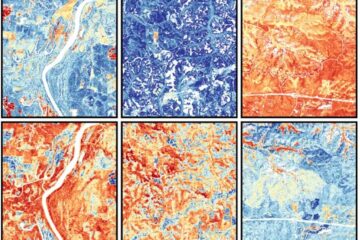Research shows young people who died suddenly and inexplicably had genetic heart defects

The defects were caused by mutations, which can be thought of as spelling errors in the genetic code. The defects produced one of two abnormal heart rhythm conditions: Long QT syndrome (LQTS) and catecholaminergic polymorphic ventricular tachycardia (CPVT). Both syndromes can declare their presence silently and catastrophically with a sudden death episode as the first symptom. Because they leave no structural or physical clues, the defects can't be detected with conventional autopsy methods — so families have been left with the additional grief of wondering what caused the premature death.
Mayo Clinic's molecular autopsy is a detailed examination at a molecular level of heart function. Molecular autopsies can help lessen grief burden of families because data show that they exposed the lethal mutations as the cause of death in 35 percent of cases in which conventional autopsies could not ascertain cause of death. “The fact that conventional autopsy fails to provide an answer is, in fact, a key clue that the killer may be LQTS or CPVT,” says Michael J. Ackerman, M.D., Ph.D., the study's chief author who heads the Mayo Clinic Windland Smith Rice Sudden Death Genomics Laboratory.
“To prevent further tragic, premature deaths, the standard of care for the evaluation of sudden unexplained death must now change. Surviving members in a family in which there's been this tragedy should receive medical attention that is equal to a ‘full-court press,'” Dr. Ackerman says. “It must involve a careful and sleuth-like search for these inherited glitches in the heart's electrical system.”
The Mayo Clinic report appears as the featured article and editorial topic in the Jan. 16, 2007, issue of the Journal of the American College of Cardiology.
Significance of the Mayo Clinic Research
These results identify a tragic situation that could, with increased medical surveillance, potentially be prevented in many cases. To do so requires physicians and families to work astutely together to take a careful multigenerational heart history. Dr. Ackerman says that to identify at-risk relatives, all immediate family members of the person who died inexplicably must undergo comprehensive cardiac evaluation that includes, at a minimum, an electrocardiogram and an exercise stress test as initial screens for LQTS and CPVT.
If evidence of heart problems is found, family members need to act immediately by getting screened for the lethal mutations, and treated, if necessary, he says.
“Families who have lost a loved one to sudden unexplained death should now know that they can do more if the coroner or medical examiner is unable to provide an explanation for their loved one's sudden and unexplained death,” Dr. Ackerman says. “Postmortem genetic testing could be performed on the victim of sudden death in search of the cause. Now, one-third of the time, we can find the cause.”
Warning Signs
To prevent these kinds of sudden unexplained deaths, family members and physicians must be alert to — and act on — warning signs of a heart condition. Although all deaths in the study were officially categorized as unexplained, the medical histories showed that nearly half of those with the lethal mutations had experienced a warning sign prior to death.
Warning signs of possible mutation-linked heart abnormality include:
– sudden fainting or a sudden seizure.
– evidence of unexplained death in the family history, such as a motor vehicle accident for which no plausible cause can be found.
– a distant relative with an unexplained death.
With proper recognition of key warning signs, some sudden unexplained deaths may be preventable, Dr. Ackerman says.
Media Contact
All latest news from the category: Health and Medicine
This subject area encompasses research and studies in the field of human medicine.
Among the wide-ranging list of topics covered here are anesthesiology, anatomy, surgery, human genetics, hygiene and environmental medicine, internal medicine, neurology, pharmacology, physiology, urology and dental medicine.
Newest articles

Machine learning algorithm reveals long-theorized glass phase in crystal
Scientists have found evidence of an elusive, glassy phase of matter that emerges when a crystal’s perfect internal pattern is disrupted. X-ray technology and machine learning converge to shed light…

Mapping plant functional diversity from space
HKU ecologists revolutionize ecosystem monitoring with novel field-satellite integration. An international team of researchers, led by Professor Jin WU from the School of Biological Sciences at The University of Hong…

Inverters with constant full load capability
…enable an increase in the performance of electric drives. Overheating components significantly limit the performance of drivetrains in electric vehicles. Inverters in particular are subject to a high thermal load,…





















